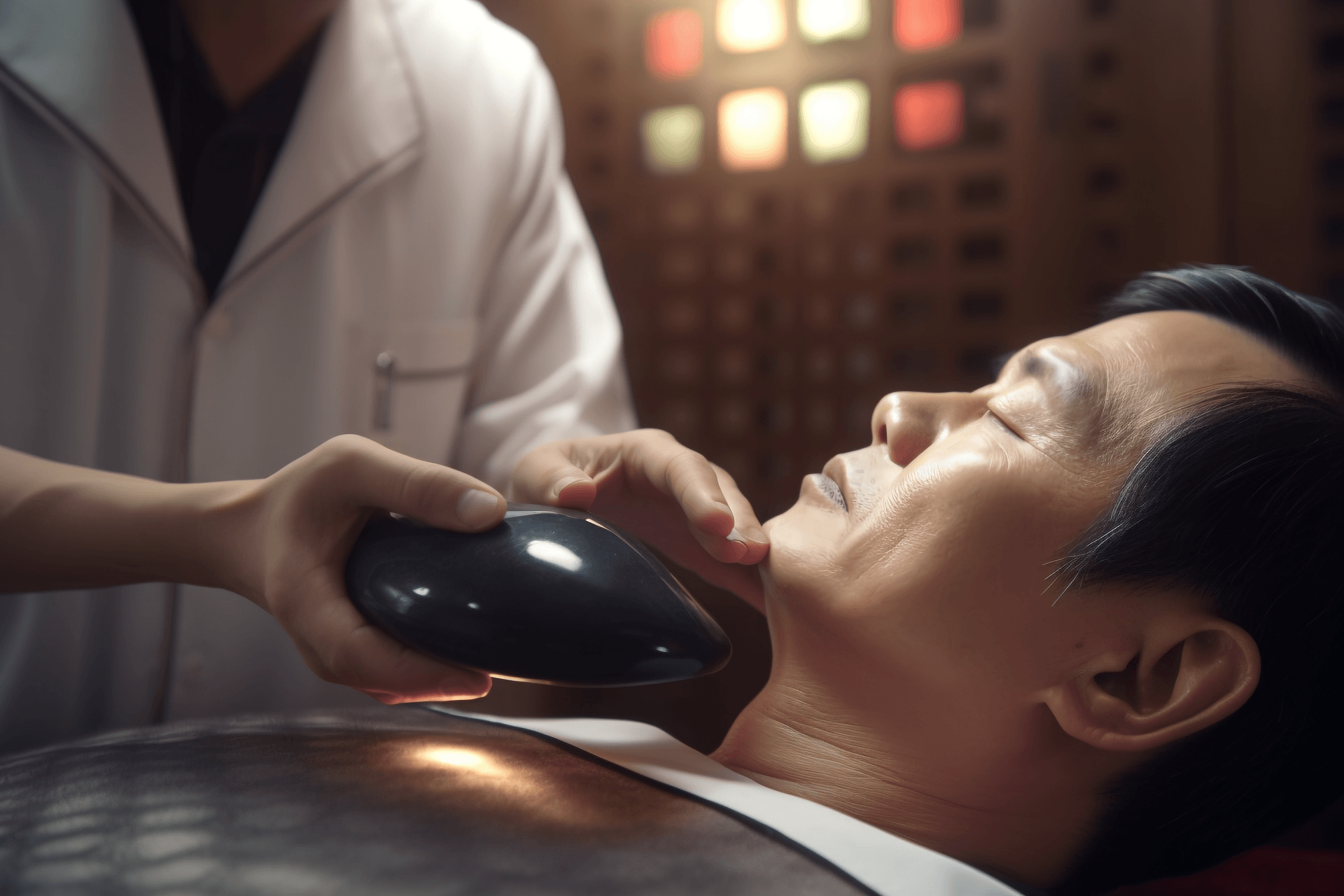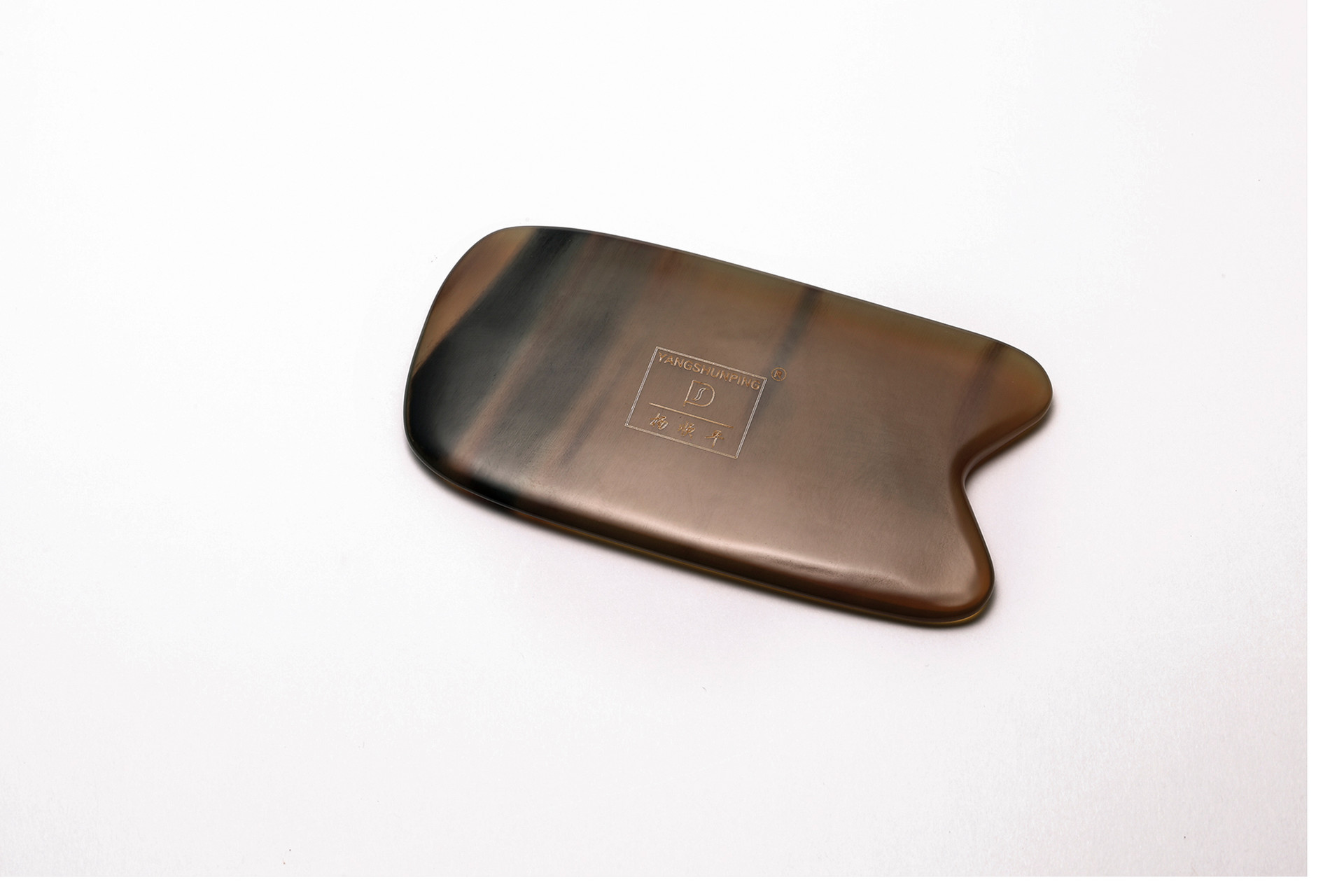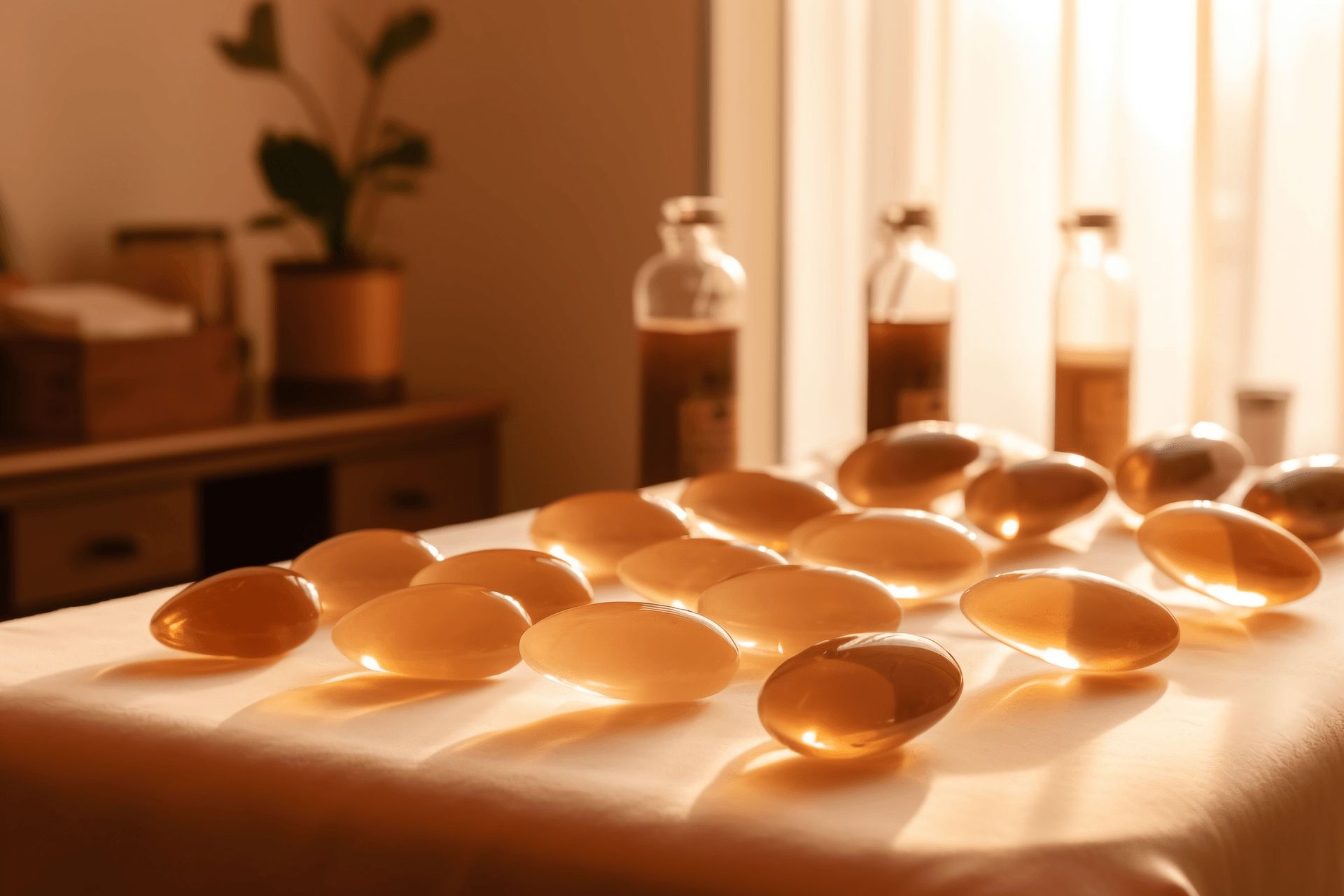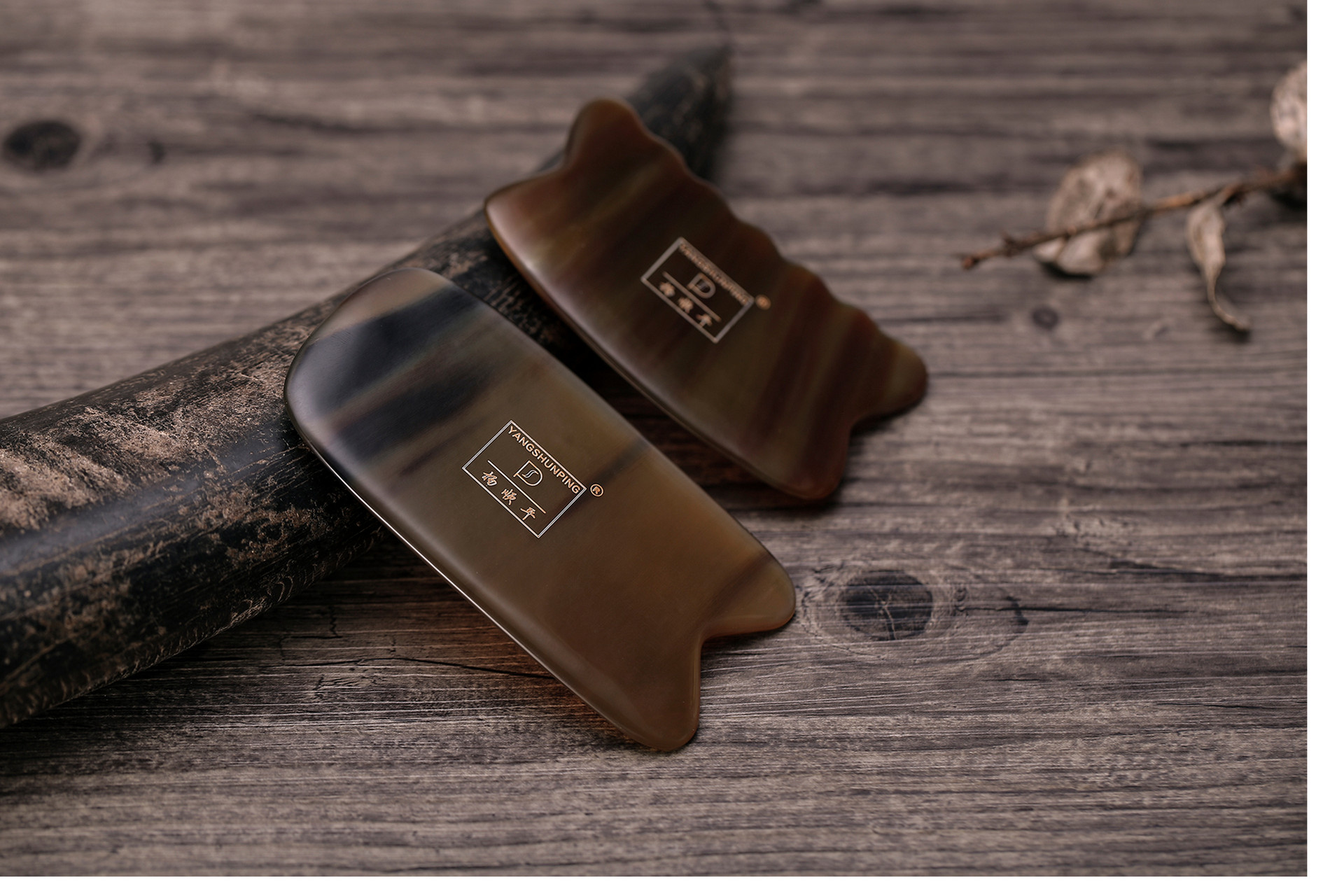Gua sha is an important part of traditional Chinese medicine and is used to relieve and treat various diseases. It is very popular even now. Have you ever experienced gua sha? However, not everyone can do gua sha. Do you know who are the contraindicated people for gua sha? Today, I will answer this question for you!
Contraindicated people for gua sha
1. Patients with serious illnesses such as malignant tumors, diabetes, heart disease, hepatitis, acute infectious diseases, etc. should be immediately sent to the hospital for observation and treatment to avoid delaying treatment and worsening the condition.
2. People with bleeding tendencies, such as patients with leukemia or severe thrombocytopenia, are strictly prohibited from gua sha.
Gua sha can easily cause bleeding. If patients with bleeding disorders undergo gua sha, it will cause blood to flow too fast, increasing the risk of bleeding.
3. People with highly sensitive skin or skin diseases, such as skin lesions, ulcers, unhealed wounds, acne, skin sores, or contagious skin diseases, should not be scraped at the site of the wound to avoid enlarging the wound or causing infection. Gua sha is also prohibited for people with injuries or fractures.
4. Elderly people, weak individuals, pregnant women, those during menstruation or with excessive vaginal discharge, and those on an empty stomach are also not suitable for gua sha. Those who lack confidence in gua sha or are allergic, as well as those who have eaten within half an hour before or after a meal, should also refrain from gua sha.
5. Gua sha is contraindicated on areas with obvious large blood vessels, as well as on the eyes, ears, nostrils, tongue, lips, front and back genitals, and the navel (Shenque acupoint). However, blood vessels can be avoided, and a gentle pressing technique can be used for scraping.
For patients with lower limb varicose veins or edema, a scraping board with a thick edge and gentle technique should be used, scraping from bottom to top. In addition, patients with urinary retention should only be treated with gentle rubbing, pressing, and pushing techniques.
What to pay attention to during gua sha
1. During treatment, the room should have good ventilation. If the weather turns cool or cold, attention should be paid to avoiding exposure to cold wind during gua sha.
2. When performing gua sha, special gua sha oil should be applied. If you are doing it at home, you can use olive oil, baby oil, etc. as substitutes to provide lubrication. Dry scraping should be avoided as it can cause harm.
In addition, the scraping board should be checked before use. The surface must be smooth, and there should be no roughness when it comes into contact with the skin. Using an unqualified scraping board can cause obvious discomfort.
3. During the initial scraping, if the skin turns blue-purple after 3-5 strokes and the patient does not feel pain, it is considered suitable for this method. If the skin turns red and the patient experiences pain, it is not suitable, and medical treatment should be sought.
4. The intensity of the technique should also be considered. For those who are scraping for the first time, it is generally recommended to start with a gentle technique and gradually increase the intensity later. It should be within the individual's tolerance range and should not be forced.
5. The body position during gua sha can be adjusted according to the needs of the treatment. Generally, there are supine, prone, reclining, and prone positions, depending on the comfort of the patient.
6. The number of scrapes should be determined based on the specific situation. Generally, 2-4 scrapes are performed at each site, with each scrape being about 2-3 inches long.








